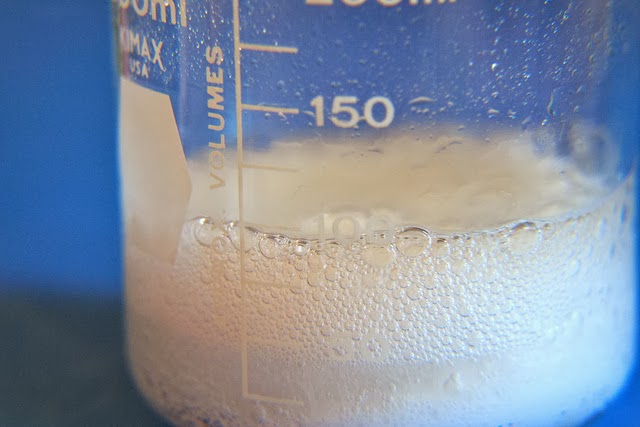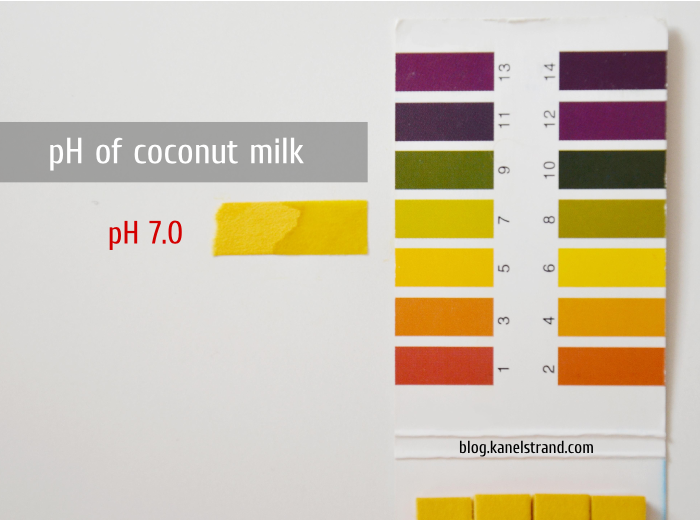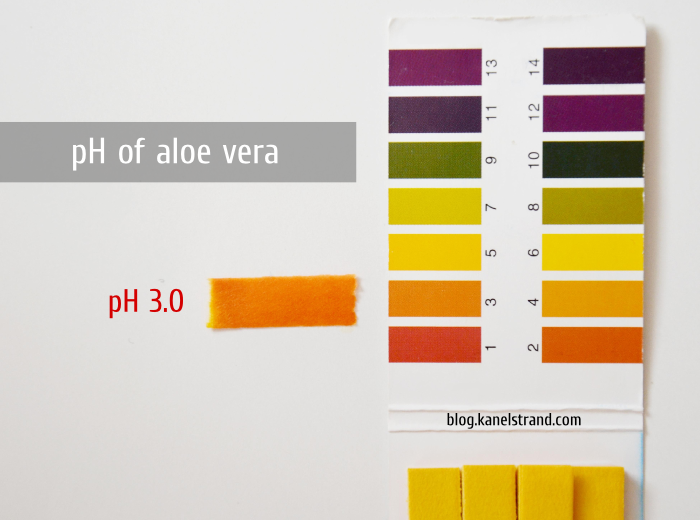Luckily, there are a number of things we can do to prevent our teeth from discoloring. There are not only ways to prevent it,but there are also many ways to bring back the white and get that perfect smile everyone wants.
Teeth are made up of 4 tissues:
- enamel -- the strong white covering that protects the tooth
- dentin -- a hard yellow material that carries nerves; supports the enamel
- pulp -- at the center of the tooth and contains blood and lymph vessels
- cementum -- covers the root of the tooth.
The dentin layer has a naturally yellower tone than that of the enamel that covers it, so the thinner the enamel layer becomes the more yellow the teeth will appear. This is why many elderly people have relatively yellow teeth. The longer you’ve had your teeth, the more chance you have to wear down their white protective coatings.
Why do teeth get yellow?
There are many reasons for your teeth to get yellow. Apart from genetics, the color of your teeth depends on diet, smoking, medications, dental cleaning routine, trauma, etc.
Some times, the reason for discoloring teeth enamel are the acids in certain foods and drinks that wear away your teeth’s white enamel coating. Soda for instance is highly acidic and regularly leaving it sitting on your teeth can start to wear down their protective outer layer.
Other times, the reason is in the foods and drinks that stain the teeth directly when consumed. Some of the most staining foods are:
- Black tea,
- Red and white wine,
- Soda and sports drinks,
- Fruit juices,
- Sweets,
- Certain fruits and vegetables.
Before I continue with the top 5 natural ways to whiten your teeth, here is the most important thing you should do to prevent your teeth from discoloring:
After each meal, have a big sip of water and swirl it around your mouth to clear away any acids or staining compounds.
The following natural remedies focus on whitening teeth, but keep in mind that actively strengthening enamel is just as important so you can keep it from breaking down further.
5 natural remedies for teeth whitening
Coconut oil
In a recipe found on +Everydayroots I learned that coconut oil can be used to whiten teeth. The lauric acid in coconut oil can rid your teeth of bacteria found in plaque that can make them yellow. It also promotes gum health, and help keep your breath fresh. Coconut oil is not only great for whitening your teeth but it also effectively inhibits the growth of harmful bacteria that can cause cavities and mouth infections, without causing any harmful side-effects.
 |
| Photo: Phú Thịnh Co |
Claire suggests that before you brush your teeth, you should scoop out a tablespoon of coconut oil. You can either soften it, or just put it in your mouth. Push, swish, and “pull” the oil through and around your teeth for 10-15 minutes, then spit it out, rinse with water, and brush your teeth.
Baking soda
Baking soda (which you should never use to wash your hair with) is a mild abrasive which effectively removes stains caused by tea, coffee, cigarettes, etc. You can use the following mixture up to 3 - 4 times a week.
NB! Although there are some suggestions to mix the baking soda with lemon juice, don't do this. The acidity of the lemon might permanently damage the enamel of your teeth.
 |
| Photo: Kate Ter Haar |
How to apply:
In a small cup, mix half a teaspoon of baking soda with half a teaspoon of water. Mix to form a paste. Dip your toothbrush into the cup, to cover the bristles with the baking soda paste.
Brush your teeth as you normally would for no longer than two minutes, as baking soda is a mild abrasive and may begin to erode the enamel on your teeth.
Turmeric
Ever since I started dyeing my Easter eggs with turmeric I've known how irreversibly it can stain anything. But apart from being a powerful antioxidant and anti-inflammatory agent fighting against cancer, people swear their teeth got visibly whiter after a single use.
 |
| Photo: FreeDigitalPhotos |
Mix a teaspoon of dry organic turmeric powder with water just enough to form a thick paste. Then brush your teeth thoroughly.
Just remember that anything outside of your mouth that comes in contact with turmeric will be dyed bright yellow including the toothbrush. As suggested on Why Don't You Try This?:
Turmeric would also be great for oral hygiene, not just tooth whitening, because it is such a strong anti-inflammatory, which is good for the gums -- since 90% of people over the age of 30 have gum disease, and is also a strong antimicrobial, so it kill all those bag germs causing tooth decay and gum disease.
Charcoal
Activated charcoal (activated carbon) is made by processing charcoal with oxygen and either calcium chloride or zinc chloride. It was used medicinally by both Hippocrates and the ancient Egyptians, and it is still the poison remedy of choice in modern day emergency rooms because it attracts substances to its surface like a magnet. Like absorptive substances which work like a sponge, adsorptive materials bind with certain compounds and prevent our bodies from using them.
As stated on The Healthy Home Economist, activated charcoal locks onto tannins - the compounds found in coffee, tea (even herbal tea), blueberries, wine and spices like cinnamon that stain our teeth. It also balances the mouth’s pH and is even considered beneficial enough to be used in some tooth re-mineralization formulas.
 |
| Photo: Wikipedia |
How to apply:
Dip your toothbrush in a small amount powdered charcoal, wet and brush for two minutes. After brushing, hold it in your mouth for 2-3 minutes to allow it to continue to work. Spit and rinse thoroughly, then follow with a second brushing using your regular tooth powder/paste.
After brushing, hold it in your mouth for 2-3 minutes to allow it to continue to work. Spit and rinse thoroughly, then follow with a second brushing using your regular tooth powder/paste.
Banana peel
Banana peels are not only doing a great job in healing your acne and removing the scars from your skin but using the exact same chemicals (potassium, magnesium and manganese) they can whiten your teeth as well.
 |
| Photo: Wikipedia |
How to apply:
Rub your teeth with the inside of a banana peel for about 5 minutes. Don't brush off, leave it like this for another round of 5 minutes. Rinse thoroughly and brush your teeth as you normally would.
These remedies might not get you ridiculously white teeth within a week but you will start to see a difference in the long run, and what is more, you will not be questioning the ingredients because you will know that they are absolutely safe and natural.
Real, toxic-free beauty takes time. There's no such thing as a healthy overnight transformation, so don't worry and take your time. Your teeth WILL get whiter.
Sources:
http://www.healthy-holistic-living.com/5-ways-to-naturally-whiten-teeth.html
http://www.organicauthority.com/delicious-beauty/8-chemical-free-secrets-to-whiter-teeth-naturally.html
http://wellnessmama.com/3662/best-way-to-whiten-teeth-naturally/
http://shine.yahoo.com/shine-beauty/banana-peel-whiten-teeth-put-test-160200414.html
http://everydayroots.com/teeth-whitening-at-home
http://www.healthambition.com/what-causes-yellow-teeth
http://www.thehealthyhomeeconomist.com/whiten-your-teeth-naturally-with-no-dangerous-chemicals/
http://www.naturalnews.com/041821_coconut_oil_tooth_decay_bacteria.html#ixzz2tiO0Y37a/041821_coconut_oil_tooth_decay_bacteria.html#ixzz2tiO0Y37a
http://www.organicauthority.com/delicious-beauty/8-chemical-free-secrets-to-whiter-teeth-naturally.html








